Blog Post
How Is Progress towards the Sustainable Development Goals Measured? Comparing Four Approaches for the EU
Sep 30, 2020
Evidence-based policymaking must be rooted in sound data to inform policy priorities, budget allocations, and tracking of progress. This is especially true in the case of the Sustainable Development Goals (SDGs), as they provide the policy framework that all 193 UN member states have pledged to achieve by 2030. Good data and clear metrics are critical for each country to take stock of where it stands, devise pathways for achieving the goals, and track progress.
Current assessments of the EU’s performance on the SDGs, however, tend to reach different findings and policy conclusions on where the priorities for further action lie, which can be confusing for researchers and policymakers. In order to demystify the drivers of such differences and make them transparent, this paper compares and contrasts the results obtained by four SDG monitoring approaches. We identify three main elements that are responsible for most of the differences: (i) the use of pre-defined targets for calculating baseline assessments and countries’ trajectories; (ii) the inclusion of measures that track not only domestic performance, but also the EU’s transboundary impacts on the rest of the world; and (iii) the use of non-official statistics to bridge data gaps, especially for biodiversity goals.
This paper concludes that there is not one “correct” way of providing an assessment of whether the EU and EU member states are on track to achieve the goals, but we illustrate how the different results are the outcomes of certain methodological choices. More “forward-looking” policy trackers are needed to assess implementation efforts on key SDG transformations.
Click here to read the report
Current assessments of the EU’s performance on the SDGs, however, tend to reach different findings and policy conclusions on where the priorities for further action lie, which can be confusing for researchers and policymakers. In order to demystify the drivers of such differences and make them transparent, this paper compares and contrasts the results obtained by four SDG monitoring approaches. We identify three main elements that are responsible for most of the differences: (i) the use of pre-defined targets for calculating baseline assessments and countries’ trajectories; (ii) the inclusion of measures that track not only domestic performance, but also the EU’s transboundary impacts on the rest of the world; and (iii) the use of non-official statistics to bridge data gaps, especially for biodiversity goals.
This paper concludes that there is not one “correct” way of providing an assessment of whether the EU and EU member states are on track to achieve the goals, but we illustrate how the different results are the outcomes of certain methodological choices. More “forward-looking” policy trackers are needed to assess implementation efforts on key SDG transformations.
Click here to read the report
SIGN UP FOR SDSN UPDATES
Get our latest insights, opportunities to engage with our networks, and more.

SDSN mobilizes global scientific and technological exertise to promote practical solutions for sustainable development, including the implementation of the Sustainable Development Goals (SGDs) and the Paris Climate Agreement.
Paris
19 rue Bergère
75009 Paris
France
+33 (0) 1 84 86 06 60
New York
475 Riverside Drive
Suite 530
New York NY 10115 USA
+1 (212) 870-3920
Kuala Lumpur
Sunway University
Sunway City Kuala Lumpur
5 Jalan Universiti
Selangor 47500
Malaysia
+60 (3) 7491-8622
Designed by
Northeast Kingdom Online. Powered by
NEKO|360.
